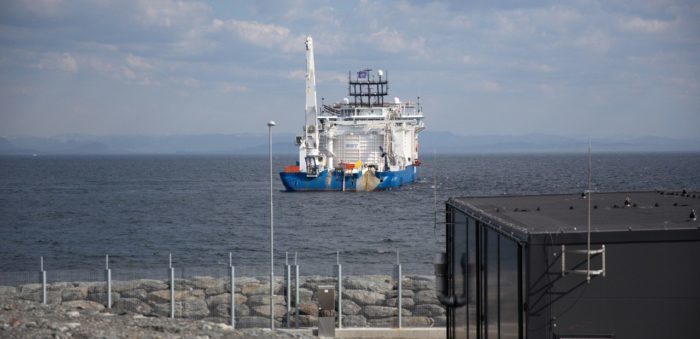The laying of the cable supplying Johan Sverdrup with power from shore started last week. This helps make the North Sea giant one of the oil and gas fields with the lowest CO2 emissions worldwide.
Specifically, the cable-laying vessel NKT Victoria began laying the cables that will supply the Johan Sverdrup field with power from shore. By the end of May the vessel will have laid nearly 200 kilometres of power cables out to the field in the North Sea.
[smlsubform prepend=”GET THE SAFETY4SEA IN YOUR INBOX!” showname=false emailtxt=”” emailholder=”Enter your email address” showsubmit=true submittxt=”Submit” jsthanks=false thankyou=”Thank you for subscribing to our mailing list”]
Including power cables, a fibre-optic cable will ensure good communication, monitoring and remote control of parts of the Johan Sverdrup field’s operations from shore.
Estimated at 0.5 kg of CO2 per barrel, the emissions from Johan Sverdrup are about 20 times lower than the average on the Norwegian continental shelf, and 30 times lower than the international average.
After the cables reach the Johan Sverdrup field at the end of May, the next step will be to pull the cables in to the riser platform, where the converter station for the first phase of the development is. Then the cables will be connected, and in the autumn of 2018, the Johan Sverdrup field should be powered with electricity from shore.
After the second phase of the development in 2022, the Johan Sverdrup field will also enable power from shore to reach the remaining fields on the Utsira High – Edvard Grieg, Gina Krog and Ivar Aasen.





























































